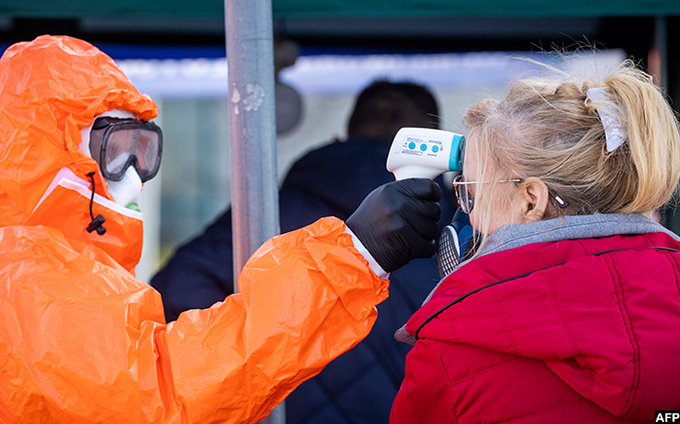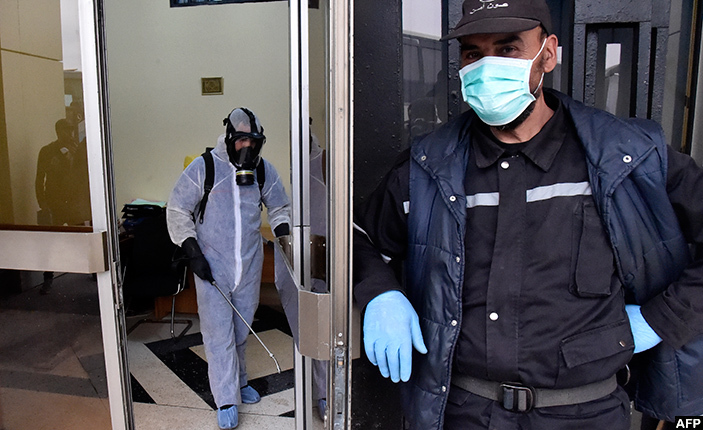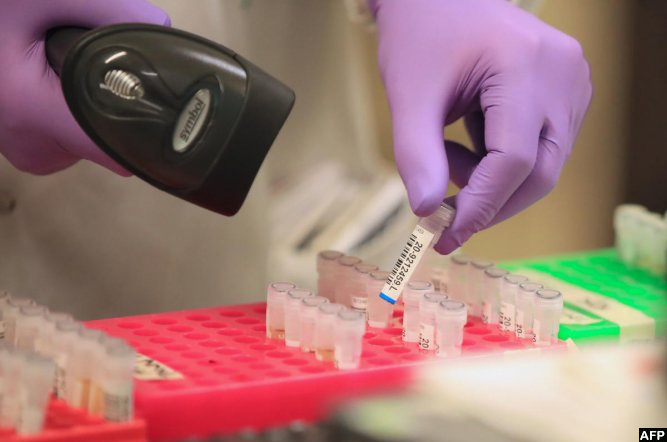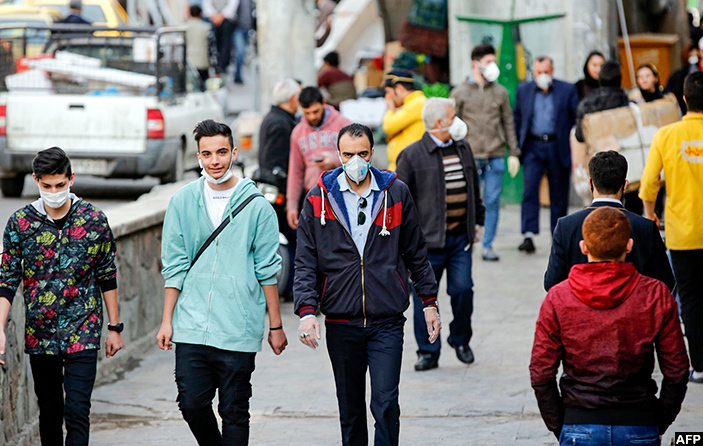Expert predicts coronavirus will reach Uganda
Coronavirus spread has been aided by the same conditions that usually result in a sharp rise in flu cases at this point.
By Dr Monica Musenero
HEALTH VIRUS
Although different from the common flu viruses, coronavirus, COVID-19, spreads and causes a disease similar to the flu. And like flu viruses, the virus is spreading fast. Technically, there is nothing we can do to stop its spread. It will definitely reach all countries.

The question is just, when? All interventions are aimed at delaying and quick detection when it arrives here. The when is important. Flu cases caused by multiple viruses typically rise in the northern hemisphere during winter (October - March). The China COVID -19 outbreak started in the middle of that rise.
Therefore, the new virus spread has been aided by the same conditions that usually result in a sharp rise in flu cases at this point. A new virus strain is significant because most seasonal flu is caused by variants of viruses that individuals have some form of immunity.

A new virus means so many people are not immune and will result in a lot of people falling sick at the same time. The flu is also likely to be more severe due to the same reason, our bodies are not familiar with the virus.
The North usually reduce cases and severity by vaccinating citizens before the onset of the rise. A new strain means no vaccination has been done. Because of the potentially large numbers and severity of cases, this can overwhelm the health systems in providing basic care. Thus many could progress to severe illness. For example, if we do not have sufficient access to doctors to provide effective prescription of medicines, individuals who would have been cured could get severe illness.
Although the proportion of severe cases is expected to be low, they can add up and overwhelm our ability to treat them, resulting in deaths, especially among those with underlying health conditions. Thus preparedness has to focus on developing protocols that guide case management to prevent progress to severe disease, as well as basic medications, such as antibiotics and supportive therapies.

Based on my analysis, the virus will go all over the world. The current map shows it skirting around Africa. I believe this is due to the prevailing weather conditions in most of sub-Saharan Africa. Almost all cases have been detected in foreigners coming in. We yet have to document domestic transmission. Whereas the flu season is well defined in the Northern hemisphere, it is more diffuse in Sub-Saharan Africa. Studies, however, show the peak flu season in Uganda is August to December, although cases can occur anytime.

It is in our interest that the virus arrival and spread delays. As viruses pass from one person to another (passage), they tend to become less deadly. If the virus also arrives when conditions for spread are less favourable, we can have a milder outbreak. A little bit of delay in rains could be helpful. My projection is the virus will be here soon (if not already), but the spread will be tempered and may take some time to be detected. I am not sure about severity, but likely not more than current viruses. A few individuals will get severe sickness, but not necessarily a national crisis.
We need to understand that it is impossible to test each and every case of flu. First, only few and severe cases with flu go to hospital where a specimen can be taken and testing done. We use sentinel surveillance, i.e, specific hospitals where sick people go and we sample the patients. So, when we say no case has been confirmed, it does not mean we are absolutely sure there are no cases. And when numbers are given, it simply shows those seen.

ABOUT MUSENERO
The writer is a vastly experienced public health professional who has distinguished herself as a trailblazer in implementing Strategic responses to medical emergencies, such as the ebola outbreaks in Sierra Leonne (2016), and the Democratic Republic of the Congo (2018). Her service spans Uganda's health ministry, local governments, higher education institutions, field epidemiology training programmes and engagements in various Sub- Saharan countries.
She has contributed numerous articles to peer-reviewed medical and public health journals. During the course of her work, she has engaged with multinational and multicultural leaders in both managerial and frontline contexts.
Musenero's leadership versatility extends to initiatives that seek to build a critical mass of thought of leaders to contribute to the country's development agenda.
The writer is the former assistant commissioner, epidemiology and surveillance, Ministry of Health.